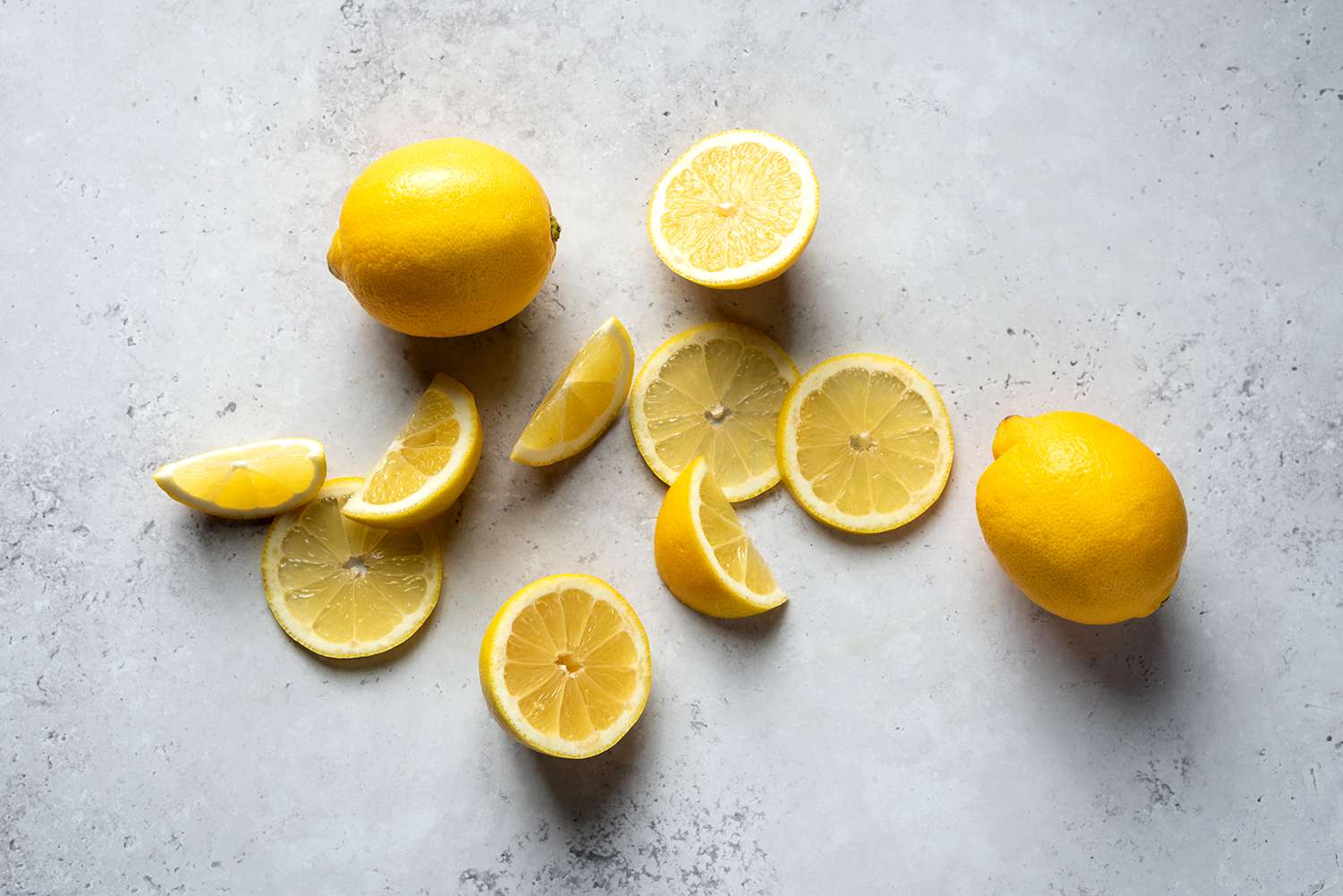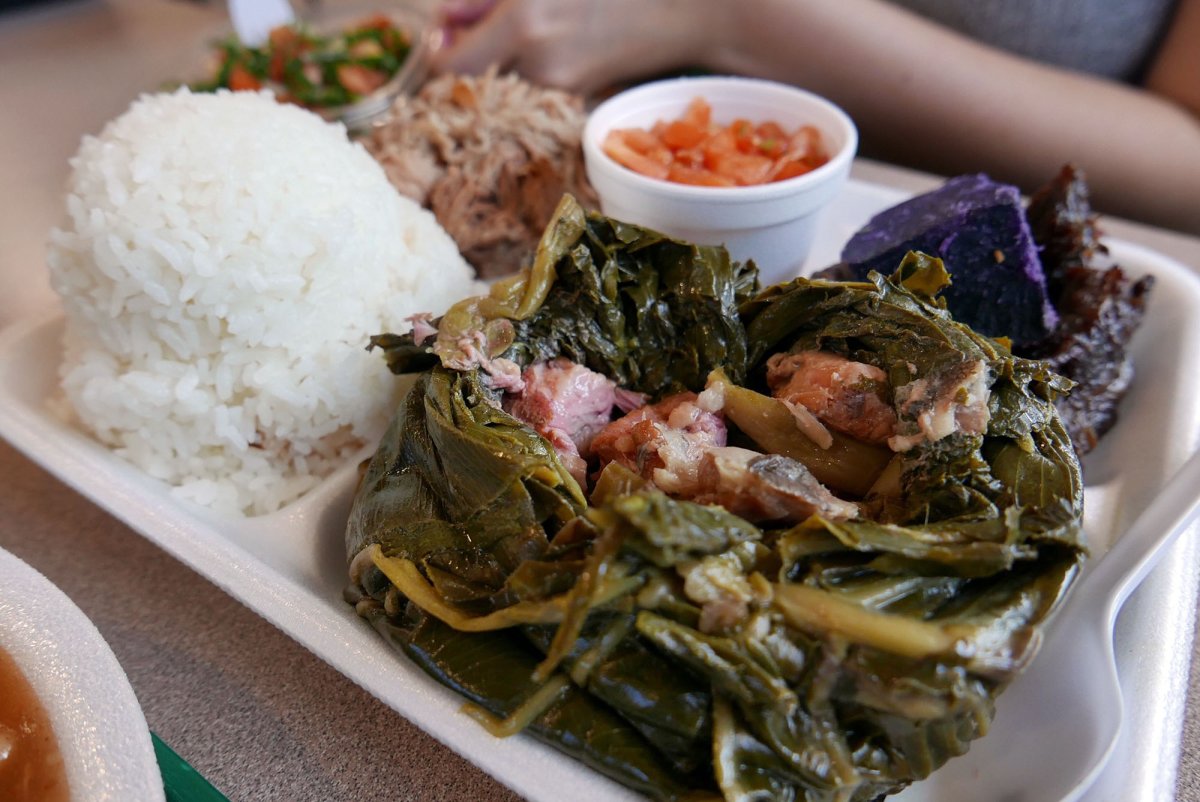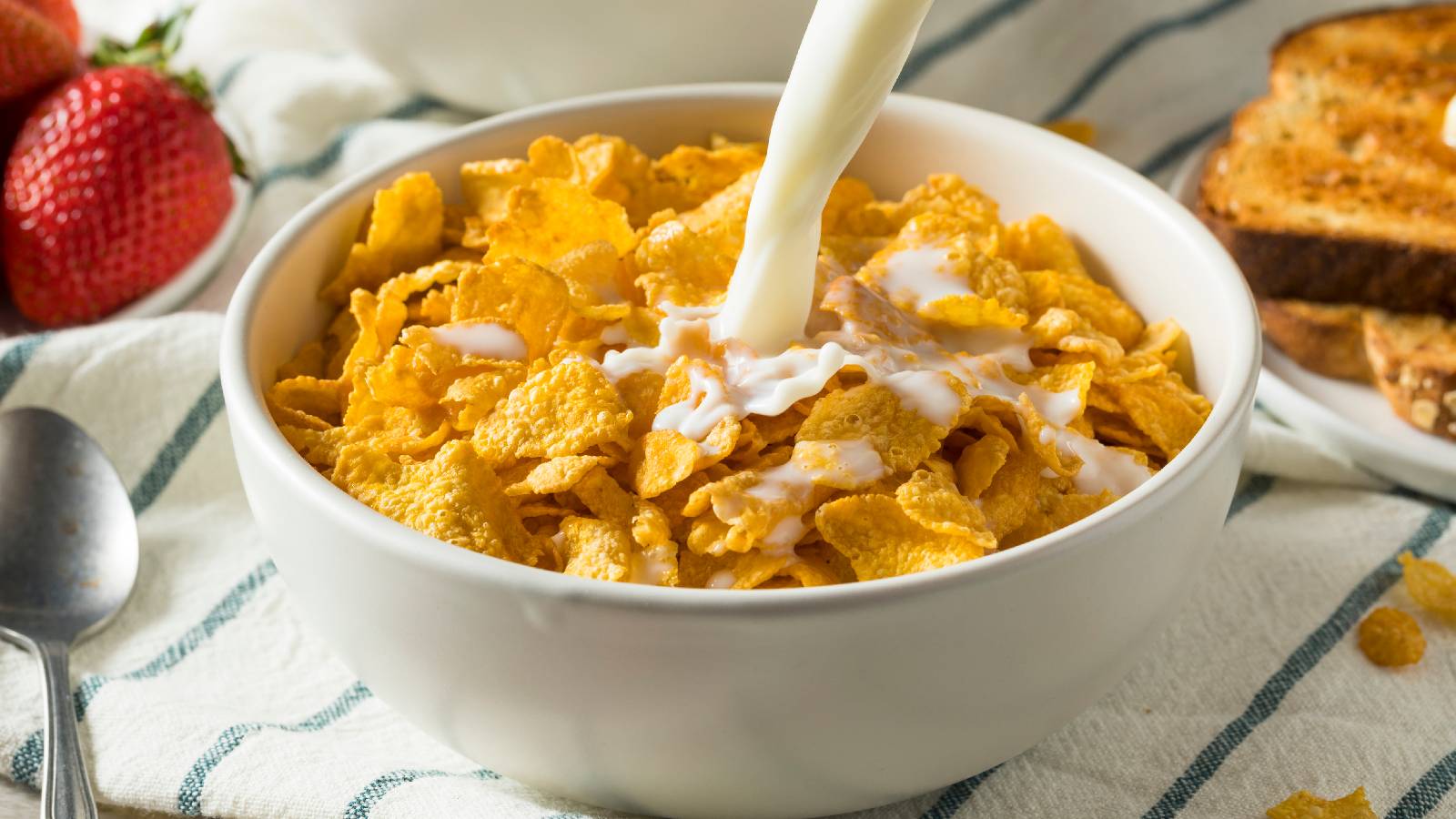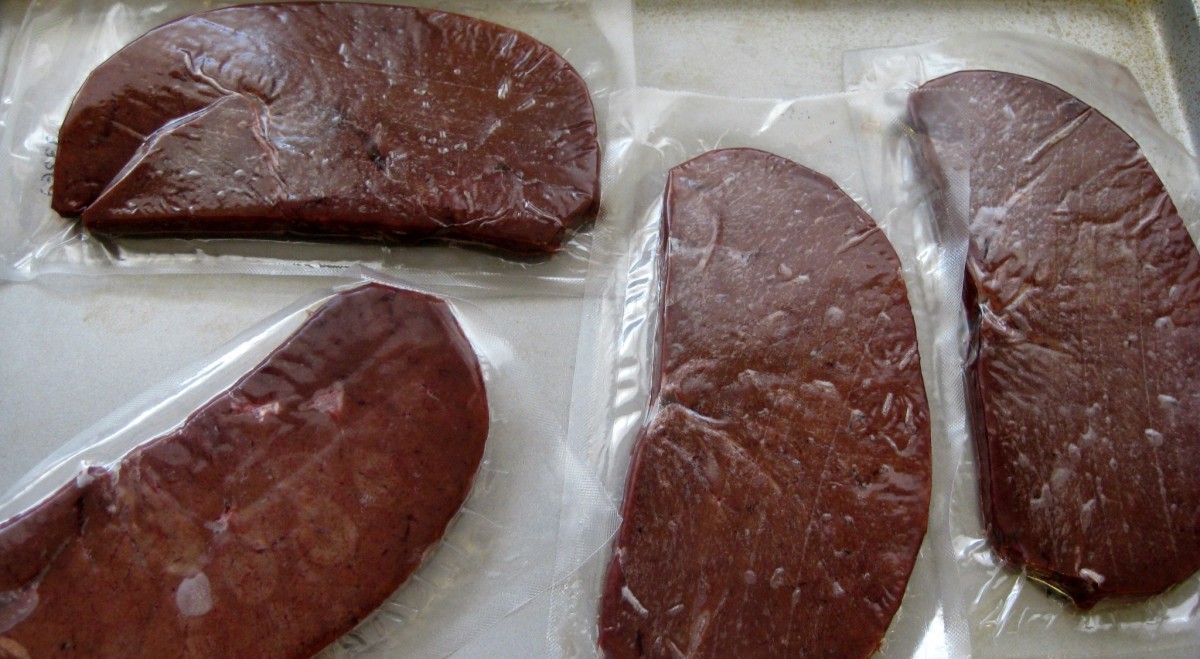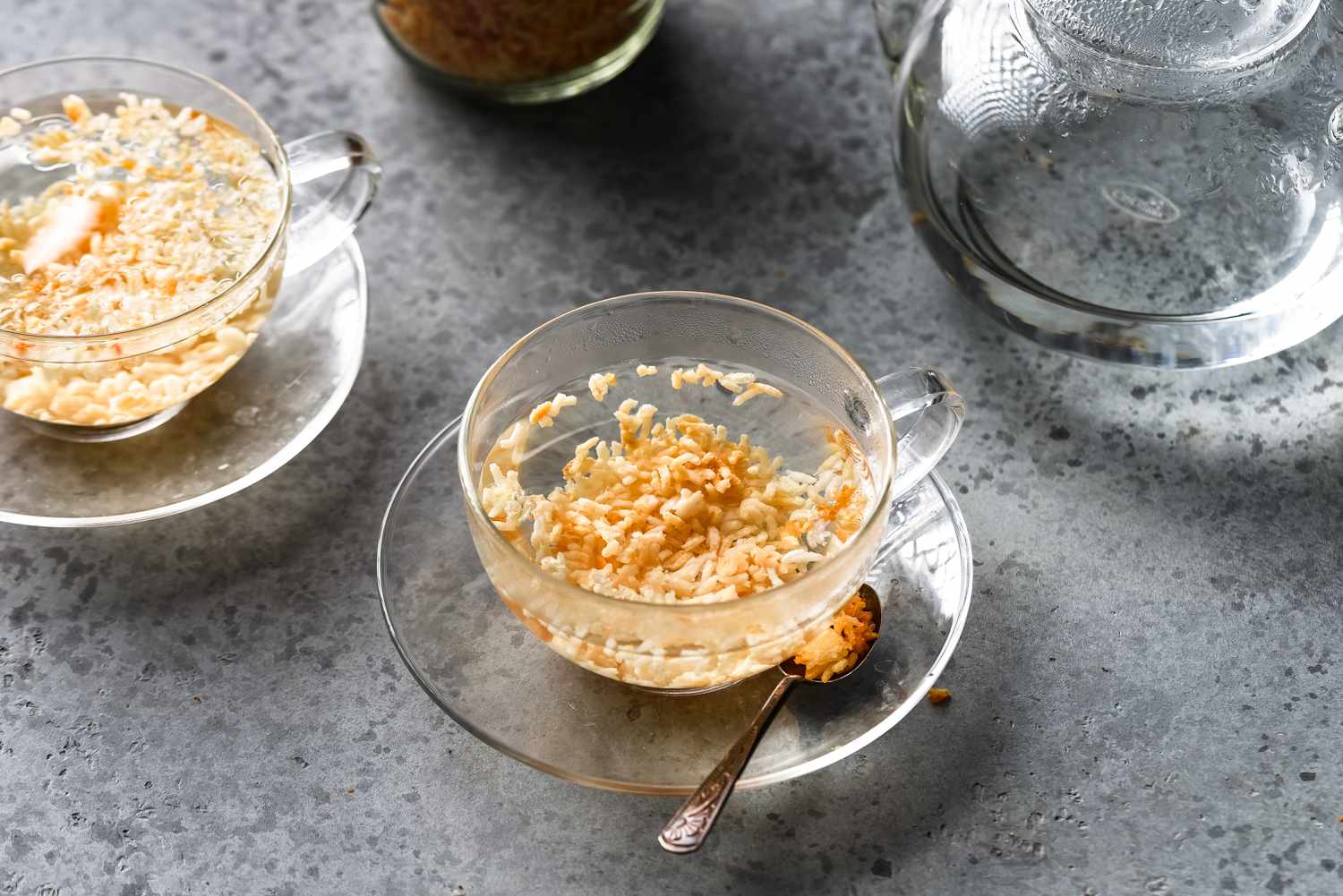Discover the Art of Mindful Eating: How to Eat Like a Buddhist Monk
When it comes to food, Buddhist monks follow a strict code of conduct that emphasizes mindfulness, gratitude, and moderation. Their approach to eating is rooted in the belief that food is a gift from nature and should be consumed with reverence and awareness. If you’re curious about adopting a more mindful approach to eating, here are some key principles to help you eat like a Buddhist monk.
1. Practice Mindful Eating
Buddhist monks approach each meal with a deep sense of mindfulness. They focus on the present moment, savoring each bite and paying attention to the flavors, textures, and aromas of their food. To eat like a Buddhist monk, try to slow down and savor each mouthful, chewing slowly and mindfully. This can help you appreciate the nourishment and pleasure that food provides.
2. Show Gratitude
Before eating, Buddhist monks often take a moment to express gratitude for the food they are about to consume. This practice of showing appreciation for the nourishment provided by the earth and the efforts of those who prepared the meal can help cultivate a sense of gratitude in your own eating habits. Consider taking a moment to express thanks for your food before diving in.
3. Embrace Moderation
Buddhist monks adhere to a principle of moderation when it comes to eating. They avoid overindulgence and strive to maintain a balanced and mindful approach to food. To eat like a Buddhist monk, consider practicing moderation by paying attention to portion sizes and eating until you are satisfied, rather than stuffed. This can help you develop a healthier relationship with food and avoid mindless overeating.
4. Choose Nutrient-Dense Foods
Buddhist monks often follow a plant-based diet that is rich in nutrient-dense foods such as fruits, vegetables, whole grains, and legumes. Embracing a similar approach to eating can help you nourish your body with essential vitamins, minerals, and antioxidants. Try incorporating a variety of colorful, plant-based foods into your meals to reap the health benefits associated with this mindful eating style.
5. Avoid Wastefulness
Buddhist monks are mindful of minimizing food waste and often eat in a way that reduces their environmental impact. To align with this principle, consider being mindful of your own food waste and strive to minimize it by planning meals, using leftovers creatively, and composting food scraps when possible. This can help you cultivate a greater awareness of the resources that go into producing the food you consume.
6. Cultivate Awareness of the Eating Process
Finally, eating like a Buddhist monk involves cultivating a heightened awareness of the entire eating process, from the sourcing of ingredients to the act of consuming the food. By paying attention to where your food comes from, how it is prepared, and how it nourishes your body, you can develop a deeper appreciation for the interconnectedness of food, health, and the environment.
By incorporating these principles into your own eating habits, you can begin to eat like a Buddhist monk and embrace a more mindful, grateful, and balanced approach to nourishing your body and soul.
Remember, the journey towards mindful eating is a gradual process, so be patient with yourself as you integrate these principles into your daily life. With time and practice, you can experience the transformative power of mindful eating and its positive impact on your overall well-being.
Exploring Monk-Inspired Recipes and Practical Tips
For those inspired by the teachings of Buddhist monks and their approach to food, the recipes listed provide a practical way to incorporate these principles into daily meals. Readers are encouraged to try the Lentil and Spinach Soup Recipe, a simple yet nourishing dish that reflects the monks' emphasis on whole, plant-based ingredients. The Vegan Buddha Bowl Recipe is another excellent choice, offering a balanced meal with a variety of textures and flavors, ideal for cultivating mindfulness during eating. Additionally, the Miso Soup with Seaweed and Tofu Recipe is recommended for its traditional roots and health-promoting ingredients, perfect for anyone looking to deepen their understanding of Buddhist culinary practices.



